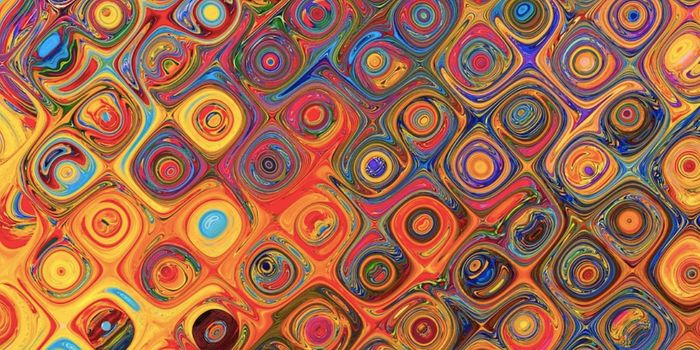Arranging Nanoparticles Without Damaging Surface Material
In a recent study published in Science Advances, a team of researchers from the Massachusetts Institute of Technology have produced a novel method for assembling nanoparticles on a material’s surface in random patterns without causing damage to the surface itself. This study holds the potential to help improve the performance of LED’s, lasers, and sensors.
"This approach allows you, through engineering of forces, to place the nanoparticles, despite their very small size, in deterministic arrangements with single-particle resolution and on diverse surfaces, to create libraries of nanoscale building blocks that can have very unique properties, whether it is their light-matter interactions, electronic properties, mechanical performance, etc.," said Dr. Farnaz Niroui, the EE Landsman Career Development Assistant Professor of Electrical Engineering and Computer Science (EECS) at MIT, a member of the MIT Research Laboratory of Electronics, and a co-author on the study. "By integrating these building blocks with other nanostructures and materials we can then achieve devices with unique functionalities that would not be readily feasible to make if we were to use the conventional top-down fabrication strategies alone."
For traditional “top-down fabrication strategies”, the nano particles are first “grown” in a solution then dropped onto the material’s surface. However, this technique typically involves arranging thousands of nanoparticles on a template, followed by being transferred to the surface via chemical glue, high temperatures, or large pressures, which could damage the surface material. This study attempts to overcome these problems.
For their method, known as nanoparticle contact printing, the researchers create the nanoparticles in a solution, but the nanoparticles possess defined shapes and sizes. The surface template the nanoparticles are placed on contain traps in the shape the researchers want the nanoparticles to take, then two nanoparticle forces are used to move them into the correct position. These forces include capillary forces, which are present when the nanoparticles are in liquid, and van der Walls forces, which are present when the nanoparticles are on a solid surface.
"These forces are ubiquitous and can often be detrimental when it comes to the fabrication of nanoscale objects as they can cause the collapse of the structures. But we are able to come up with ways to control these forces very precisely to use them to control how things are manipulated at the nanoscale," said Weikun “Spencer” Zhu, who is a graduate student in the Department of Chemical Engineering at MIT, and lead author of the study.
For future work, Dr. Niroui and her colleagues hope to produce more intricate structures with the goal of developing new types of optical and electronic devices.
Sources: Science Advances
As always, keep doing science & keep looking up!









